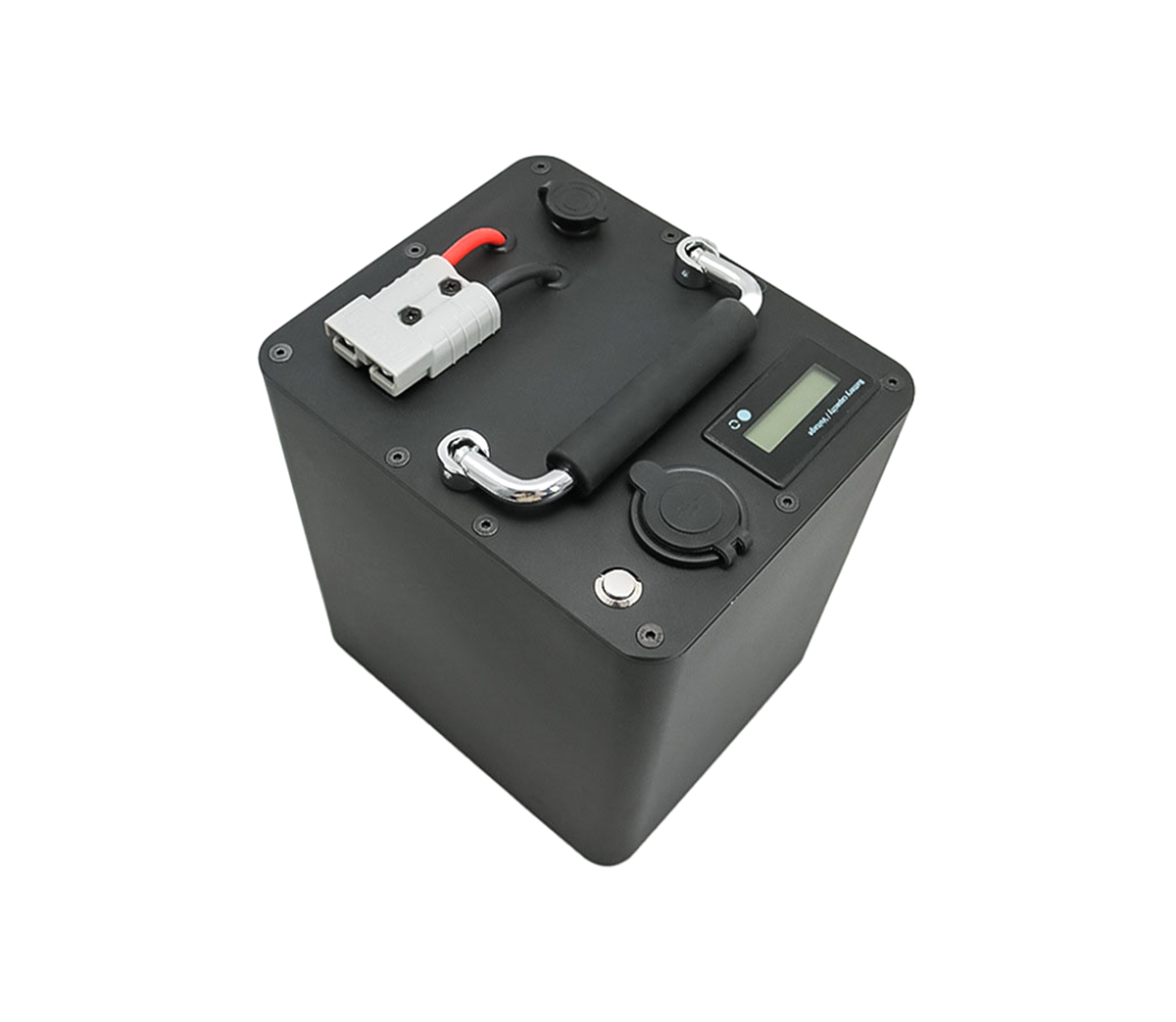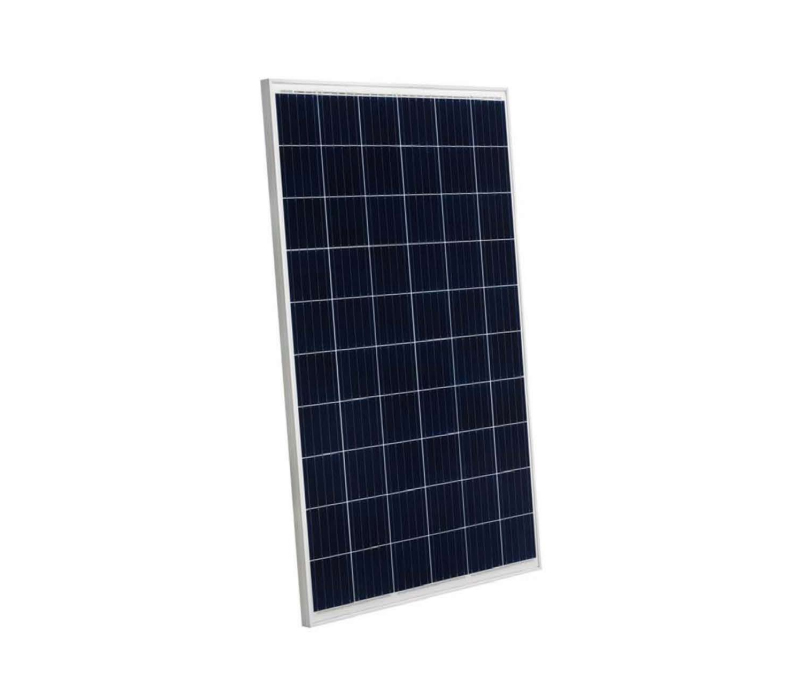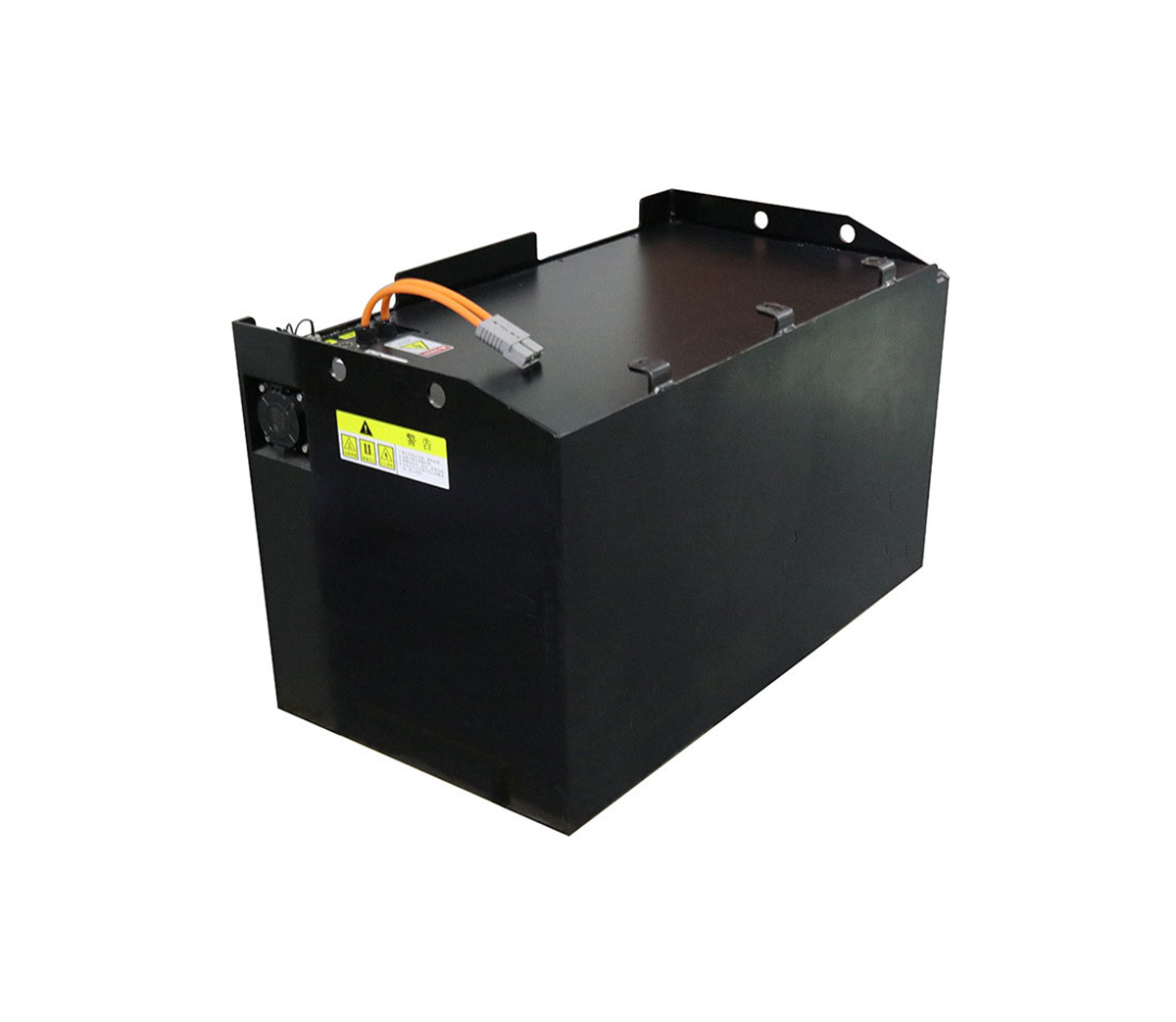Under Tesla's "phenomenal effect", the cylindrical battery technology,
which had not performed well in the electric vehicle market before, has received
widespread attention since 2020. Of course, this has to be attributed to the
successful R&D and mass production of the 4680 large cylindrical battery.
Compared with the 2170 cylindrical battery, the 4680 cylindrical battery has 5
times the energy, 6 times the output power, 16% extra battery life, and the
battery cost will be reduced by 14%. Many advantages make people look forward to
the 4680.
On the market side, in addition to Tesla, car companies such as Porsche,
JAC, and Dongfeng Lantu have also successively released clear signals for the
application of large cylindrical batteries. On the supply side, battery
companies such as BAK, EVE, Lishen, Honeycomb Energy, Panasonic, and LG are
actively following up on large cylindrical batteries including 4680.
With the participation of more companies on both the supply and demand
sides, the large cylindrical battery has entered the stage of industrialization,
and it seems that it is only a "step" to break through the mainstream
technology, and many companies in the industry are sure that the large
cylindrical battery will become a very important next-generation battery. one of
the technologies.
"The large cylindrical battery is the optimal solution for mid-to-high-end
electric vehicles in the next 5-10 years." This is the judgment made by the vice
president of BAK Battery on March 27. He said that the confidence in the large
cylindrical battery comes from its three characteristics:
A: Product performance
Among the current mainstream battery forms, the large cylindrical battery
is the safest. The high safety upper limit allows the battery to support higher
energy density chemical systems and better match high-voltage fast charging
technology.
B: battery management
The large cylindrical battery cell is small in size, convenient for thermal
management, and can flexibly utilize the special-shaped space. The highly
standardized form is conducive to platformization and iteration.
C: It is easier to realize industrialization
Cylindrical batteries have a long history of development. So far, they have
achieved relatively uniform standards in the industry. At the same time, the
automation level of battery production is also higher than that of other
batteries, thus ensuring the high efficiency of cylindrical battery production
and the consistency of monomers. Sex, on the other hand, also reduces production
costs.

EVE is also very optimistic about the prospects of large cylindrical
batteries. The chairman of EVE said: "At present, cylindrical batteries and
large cylindrical batteries have become the 'king of the industry', and the 46
series of batteries have outstanding safety and economy, and it does not deform
during use, and is becoming one of the ultimate technical directions of power
batteries."
According to industry forecasts, by 2025, the global sales of electric
vehicles will exceed 20 million, and the corresponding demand for power
batteries will exceed 1,600GWh. Looking forward to the large cylindrical battery
market, according to customer needs and combined with industry information, the
market share of large cylindrical batteries is expected to gradually exceed 30%
in the next few years.
Obviously, the door to the blue ocean market has been opened, and
industrialization has become the key.
SES Power believes that the layout of large cylindrical batteries by
electric vehicle companies has roughly formed a three-level echelon: the first
echelon is on the eve of mass production, represented by Tesla, and is expected
to be officially loaded on the market in 2023; the second echelon It is in the
stage of substantive research and development, and it is expected to be
mass-produced and loaded around 2025; the third echelon is in the stage of
information collection, market research and feasibility assessment.
At present, most electric car companies are in the second and third
echelons. In the next 5-10 years, many large electric vehicle companies have
finalized the use of ternary + large cylindrical batteries for mid-to-high-end
models, and the use of square shell or blade lithium iron phosphate batteries
for economical models.
Driven by the implementation of industrialization, advanced technologies
such as electrodeless ears, mature welding, and energy density improvement have
been reflected in large cylindrical battery products, and the production
capacity construction of enterprises has been accelerated.
The representative director of Matsushita Electric Group, Kusumi Yu, stated
that three power battery factories located in Suminoe, Kaizuka, and Nevada in
the United States are producing cylindrical batteries. He also said that 4680
large cylindrical batteries will become the main force of cylindrical batteries
in the future. Continue to strengthen the advantages of battery capacity, cost
and supply power to form its own competitiveness.
Previously, Panasonic has announced that its 4680 large cylindrical battery
developed for Tesla will be trial-produced in April this year, and is expected
to accelerate its loading. At the same time, Tesla has also "personally entered
the battle". After announcing the successful mass production of its 1 millionth
4680 large cylindrical battery, it also announced that the 4680 battery yield
rate of 14 trial production lines at Tesla's Fremont factory reached 92%. %.
LG New Energy said in March last year that it has also started building a
pilot production line for 4680 large cylindrical batteries, renovating part of
the production line at its Ochang factory, and plans to start mass production by
2023 to supply the Tesla factory.
The large cylindrical battery has entered the "dark battle" on the eve of
mass production. 2022 will be the key time node for its mass production. Can the
large cylindrical battery stand out from the three mainstream technology routes
this year and mass-produce it? SES Power I think this is very worth looking
forward to, although we use 12V100Ah, 24V100Ah, 36V100Ah, 48V100Ah, household
energy storage 3KW, 5KW systems, rack-mounted energy storage systems and other
products using EVE, CATL, BYD square aluminum-shell lithium iron phosphate
batteries. Although the capacity of the square aluminum shell battery is large
enough, it still has a big gap with the traditional cylindrical lithium battery
in terms of flexibility and rate performance. If the 4680 can achieve the
performance claimed by the battery cell manufacturer, it will be a small energy
storage project. a nice option.



































